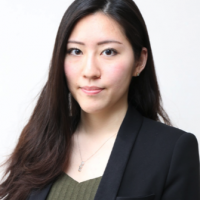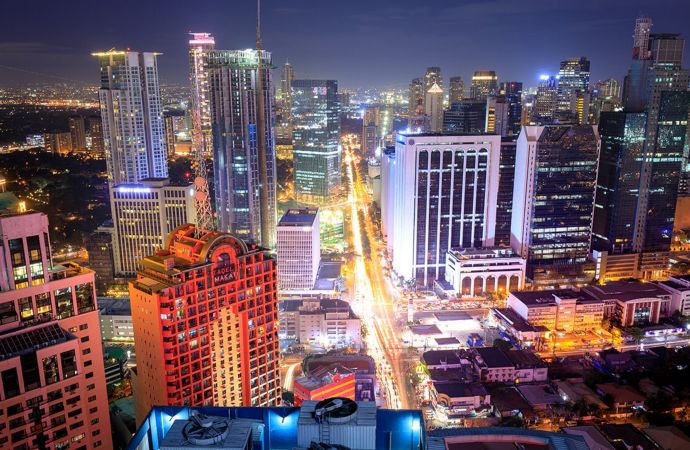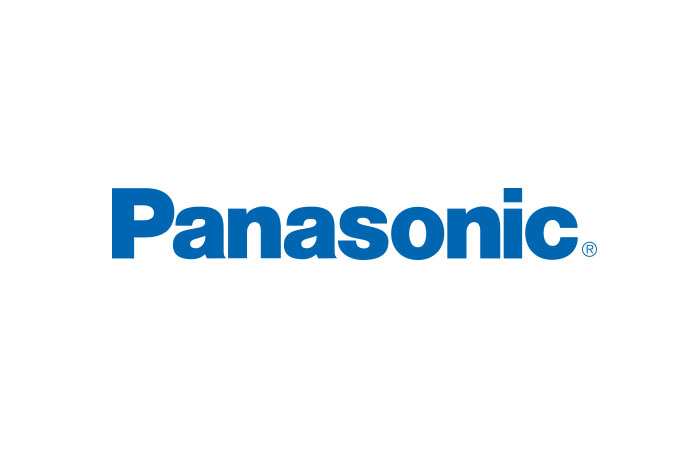Japanese manufacturer is promoting a 'CO2 family of products,' including condensing units, a water-cooled system and an industrial system, says managing officer Shigeru Dohno.

Shigeru Dohno, managing officer for the Food Retail & Commercial Equipment Business division of Panasonic Appliances Company.
In February 2018, at the annual ATMOsphere Japan conference, Panasonic's Shigeru Dohno declared the company's commitment to advancing the adoption of natural refrigerant-based technology around the world.
"I, myself, have a strong sense of crisis. If we continue with business as usual, we will not be able to achieve our HFC phasedown goals, so, as a nation, we have to put in more effort,” said Dohno, who is the managing officer for Panasonic Appliance Company's Food Retail & Commercial Equipment Business.
“This is our mission. Not just our role."
Several months later, the company is making significant progress — advancing its CO2 technology, selling its systems, and raising awareness around the world.
On 4 October, R744.com sat down with Dohno to learn about these latest developments as the company finalised its preparations for the Chillventa 2018 exhibition in Germany.
R744.com: Firstly, what are Panasonic's plans for exhibiting natural refrigerant systems at Chillventa this year? What message do you hope to convey?
Dohno: As you know, Panasonic has already launched several outdoor CO2 condensing units in Europe, so I'd like to convey the message to Chillventa's participants to please come and see the CO2 technology and products that we offer.
In the European food retail market, the number of large-size supermarkets will be decreasing and instead, mid- to small size supermarkets will significantly increase in the future. Currently, [in Europe] we have two types of outdoor CO2 condensing units. One is the 2-HP type of equipment and the other is the 10-HP type.
This type of small equipment is very suitable for this trend in Europe, so we also believe that our technology and products will be adopted by European customers. [At Chillventa 2018] i'd like to touch upon these advantages that Panasonic offers to the European market.
R744.com: You're also actively working to increase the awareness of Panasonic's CO2 systems in other European regions through activities such as holding CO2 training sessions.
Dohno: That's right. You know, in the northern areas, our products are well known by customers and by engineering companies. But in France and other southern and western regions of Europe, our CO2 products are not yet well known.
So, it is very important for Panasonic to hold several types of [CO2] training for technicians. We have already started to hold training sessions in France.
Currently, we are holding them every week — sometimes at Panasonic's facility, sometimes at other facilities which are suitable for training. So far, the feedback is very good.
R744.com: In Japan, which is your home market, you mentioned during ATMOsphere Japan 2018 that you are focused on creating a "CO2 family" of solutions for customers in several different sectors, including industrial refrigeration, such as cold storage and logistics. What is the progress so far in that area?
Dohno: Yes, the CO2 family — which I explained during the last ATMOsphere — means that we are providing our technology and our refrigerator systems to our OEM customers.
We have just started to discuss this with several companies and our discussions are very frankly and smoothly proceeding. As a result, we will be able to provide our CO2 unit to one company within this fiscal year.
Our current plan is to introduce and propose these CO2 rack systems to cold storage warehouses."
– Shigeru Dohno, Panasonic
Regarding the larger industrial sized systems, we have a manufacturing and R&D facility in Dalian, China (See "CO2's Bright Future In China" in Accelerate China Issue #1).
This Dalian facility makes several types of big rack systems and has also succeeded in developing a rack-type CO2 refrigeration system. So, our current plan is to introduce and propose these CO2 rack systems to cold storage warehouses by utilizing our products in Dalian.
R744.com: In which region do you plan to provide these CO2 rack systems?
Dohno: Our plan is to introduce them to the Japanese market — especially cold storage warehouses. We are aiming to do this by at least next fiscal year.
R744.com: You also mentioned that you are developing mid-sized CO2 systems?
Dohno: Yes, you know that we are working with FTE (Food Techno Engineering) to develop a water-cooled CO2 system with heat recovery. Fortunately, we will be able to launch several of this type of product within this fiscal year in Japan.
Panasonic has to continue to be a leader in CO2 technology...This is not a strategy. That is the mission of our company globally." - Shigeru Dohno, Panasonic
R744.com: Other than Japan and Europe, which other areas of the world do you see the most development with CO2 systems for Panasonic?
Dohno: From the point of view of launching speed, the Oceania market is highest priority after Europe and Japan. The Oceania governments have set a strong policy restricting these types of freon and other old refrigerants.
They may also give several manufacturers and stores very strict regulations and standards through “green taxes”. These government policies are accelerating the introduction of these types of natural refrigerant systems. So that's why this region is a high priority.
In fact, we are planning to introduce CO2 refrigerant systems in Australia next year.
R744.com: Why do natural refrigerant systems play such a key strategic role for Panasonic?
Dohno: As I declared on behalf of Panasonic at the last ATMOsphere conference in Japan, Panasonic has to continue to be a leader in CO2 technology from the point of view of conservation of the environment.
This is not a strategy. That is the mission of our company globally. This has not changed.
From the point of view of marketing, we have to consider each region individually — with respect to the best timing to introduce CO2 systems. However, in the future, our policy and our mission will not change.
Related stories






